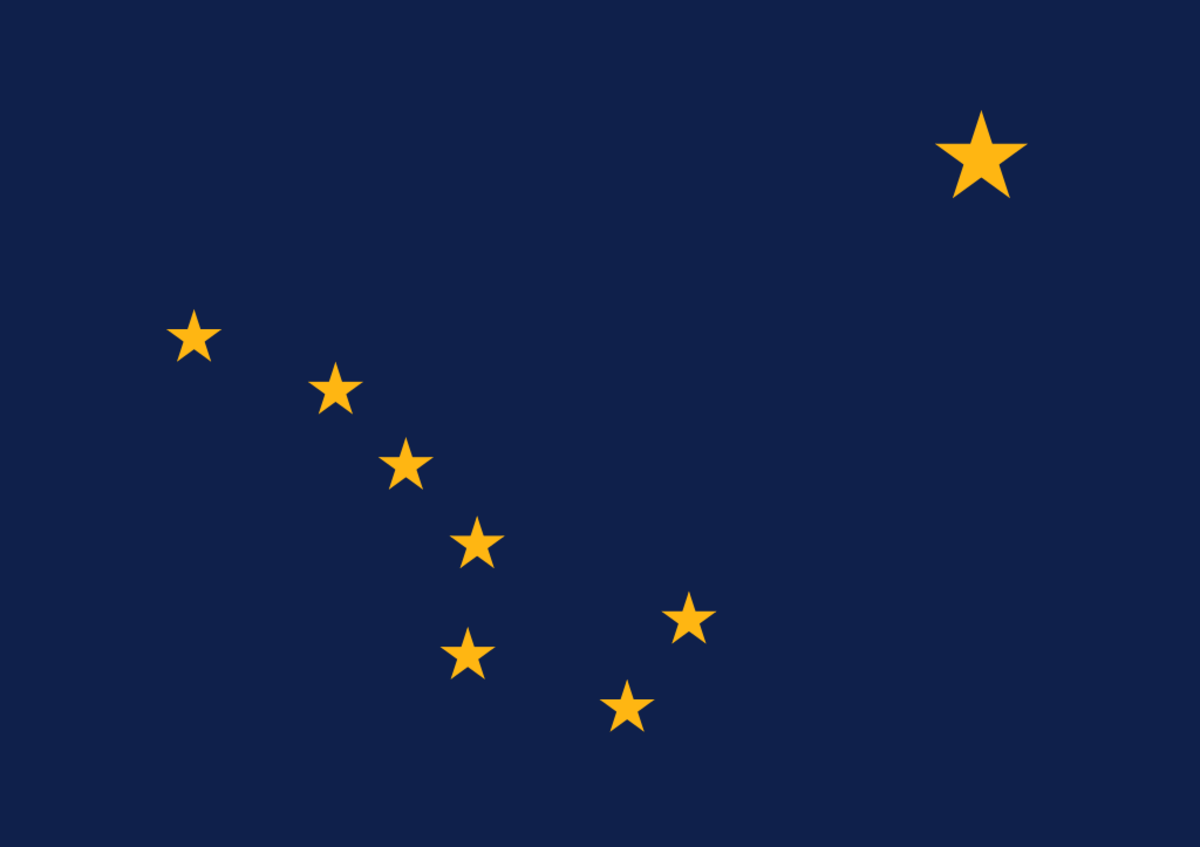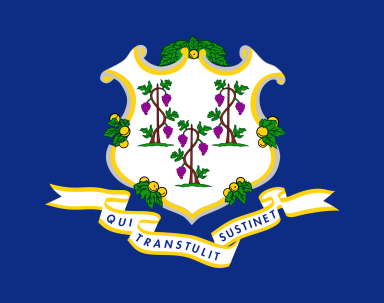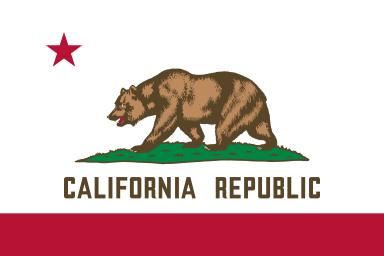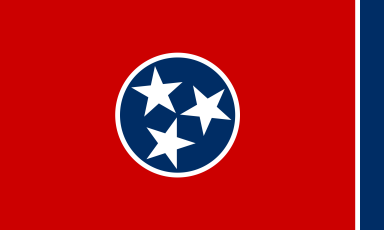Alaska is one of the most popular destinations for motorcycle riders today because of its scenic highways and picturesque landscapes. However, riding a motorcycle in Alaska can also be risky due to the state's harsh weather conditions and dangerous roadways. The state’s most dangerous road is the Dalton Highway, compounded by its lack of cell phone service and places to stop.
According to the Alaska FY2021 Highway Safety Plan Annual Report, four fatalities in the state resulted from motorcycle accidents, two involving riders without helmets. There has been a significant decrease from 12 deaths in 2018 to six in 2019. Still, to continuously protect individuals on Alaska's roads, laws have been enacted regarding helmet usage, lane splitting, and other safety measures.
Exploring some fundamental laws governing motorcycle riding in Alaska is essential to preventing accidents.
Motorcycle Driver’s License Requirements in Alaska
A motorcycle driver's license is required for individuals who wish to operate a motorcycle on public roads in Alaska. This license is separate from a standard driver's license and requires additional testing and training.
Here are some of the critical requirements for obtaining a motorcycle driver's license in Alaska:
Being at least 16 years of age
Passing a written knowledge test
Passing a road test on a motorcycle
Completing an approved motorcycle safety course (for riders under 18)
Wearing a DOT-approved helmet while operating a motorcycle.
All motorcycle riders in Alaska need to obtain the appropriate license and adhere to all applicable laws and regulations to ensure their safety on the road.
Types of Motorcycle Driver’s Licenses in Alaska
There are three types of motorcycle driver's licenses:
Class M1: For riders who want to operate motorcycles with an engine displacement of over 50 cc. M1 licenses are valid for five years and expire on the rider's birthday. Applicants with valid motorcycle instruction permits may be exempt from taking some required tests.
Class M2: Specified as the motor-driven cycle permit. It is a special permit that applies to 14- and 15-year-olds only. This permit allows the holders to operate motor-driven cycles with an engine displacement of less than 50cc. Applicants under 18 must have parental consent.
Class M3: For drivers who want to operate three-wheeled motorcycles with an engine displacement of over 50cc. Like the M1 and M2 licenses, the M3 license is valid for five years and expires on the driver's birthday. Applicants with valid motorcycle instruction permits may be exempted from taking the knowledge test.
Alaska’s Laws on Motorcycle Equipment
Alaska has established laws on motorcycle equipment to ensure the safety of riders. Riders should familiarize themselves with the requirements to ensure their motorcycles meet these standards.
All motorcycles operating on Alaska roads must be equipped with multi-beam road-lighting headlamps, tail lights, and stop-and-turn lights, which must always be operational. Motorcycles must also be equipped with at least one red reflector on the rear, either as part of the tail light or separately.
Motorcycles or motor-driven cycles must also have a braking system that can bring the vehicle to a complete stop within 25 feet after initially traveling at a speed of 20 miles per hour on a dry, clear, and level surface. The vehicle must adhere to the relevant motor vehicle safety standards set by the United States Department of Transportation (DOT).
To carry a passenger, a motorcycle or motor-driven cycle must have handgrips and footrests for each passenger, except for those in a sidecar or enclosed cab. It is illegal to operate a motorcycle or motor-driven bike with handlebars over 15” above the seat or exceeding the operator's shoulder height when seated unless intended and designed by the manufacturer.
In addition, the law mandates protective headgear for all motorcycle riders on public roadways, except for off-road riding. The headgear must meet the requirements of 49 C.F.R. 571.218 or obtain approval from legitimate foreign testing authorities. Additionally, riders must wear eye-protective devices unless the motorcycle is equipped with a windshield or windscreen.
Other equipment requirements include fenders or mudguards on both wheels, a speedometer, and a muffler or other exhaust system that meets specific noise level standards.
Alaska’s Distracted Driving Law for Motorcycle Riders
It is illegal for any driver, including motorcycle riders, to engage in distracted driving in Alaska. Distracted driving includes using electronic devices, including typing or reading text messages or other non-voice messages, communicating on a computer, or using a screen while driving.
Violators of the law can face a class A misdemeanor, while those involved in accidents causing severe injury or death while distracted driving may face felony charges.
It is crucial for all drivers, including motorcycle riders, to keep their attention on the road and avoid distractions that could lead to accidents.
Alaska’s Drinking and Driving Law for Motorcycle Riders
Alaska's law prohibits driving under the influence of alcohol or drugs, and it applies to motorcycle riders. It states that it is illegal for any person to operate or be in actual physical control of a motor vehicle, aircraft, or watercraft while under the influence of intoxicating liquor, inhalants, or controlled substances.
The law specifies a blood alcohol concentration (BAC) limit of 0.08 or higher. Still, even if a person's BAC is below the legal limit, he or she can be charged with DUI if the substance ingested impaired his or her ability to drive safely.
A violation of the DUI law is considered a class A misdemeanor. A first offense can result in a fine of not less than $1,500 and imprisonment for up to 72 hours. If a motorcyclist is convicted of DUI while riding, he or she may face additional penalties, like fines not less than $7,000, a mandatory motorcycle safety course, and restrictions on his or her license.
Motorcycle riders in Alaska need to understand the seriousness of DUI and the potential consequences it can have, both legally and personally.
Alaska’s Motorcycle Lane Sharing Law
Alaska has established a law against driving motorcycles on roadways laned for traffic. It states that motorcycles and motor-driven cycles can be driven on a roadway lane, and no motor vehicle can deprive them of the full use of a lane. This is related to lane splitting, which refers to the practice of a motorcyclist riding between two lanes of traffic, usually in heavy traffic, to move more quickly through congested areas. Some motorcyclists believe that lane splitting is a safe and efficient way to travel, while others believe that it is dangerous and should be prohibited.
This provision does not apply to motorcycles driven two abreast in a single lane by mutual consent of both drivers, but no more than two can be driven in a single lane. Additionally, a motorcycle driver may not pass another vehicle in the same lane as the one that it is already using. They are not allowed to drive between adjacent lanes or lines of traffic or between adjacent lines or rows of cars. These provisions do not apply to police officers performing their official duties, but police drivers must drive with regard to the safety of all people on the road.
Motorcyclists should also be aware that other drivers might not expect them to be riding between lanes of traffic and should take care to prevent collisions and other accidents.
Alaska’s Motorcycle Insurance Requirements
All motorcycle owners in Alaska must have a minimum amount of liability insurance coverage to operate their vehicles. The minimum motorcycle insurance coverage required by law in Alaska is:
$50,000 for the injuries or death of one person in an accident
$100,000 for the injuries or death of two or more persons in an accident
$25,000 for property damage due to an accident
This means that if you cause an accident while riding your motorcycle and someone is injured or his or her property is damaged, your insurance policy will cover up to the stated amount for each category of damages.
Overall, the minimum requirements ensure that riders have sufficient coverage in case of an accident or collision. However, riders must consider additional coverage beyond the minimum liability insurance, such as collision, medical payment, comprehensive, or uninsured or underinsured motorist coverage, to further protect themselves and their motorcycles.
How Much Can Someone Sue for a Motorcycle Accident in Alaska?
The amount of compensation someone may receive for a motorcycle accident claim in Alaska will depend on the specific circumstances, like the severity of injuries and the extent of property damage. Note that Alaska operates under a fault-based system, which means that the person found to have caused the accident is responsible for paying damages.
There are no caps on economic damages for personal injury claims, which means that a person can recover the full amount of their financial losses resulting from the motorcycle accident. However, the cap on non-economic damages is currently set at $400,000, which is $1,000,000 for severe disfigurement or impairment.
In addition, there is a cap on punitive damages, which are intended to punish the at-fault party for particularly egregious conduct. The amount of punitive damages that can be awarded cannot exceed three times the amount of compensatory damages awarded or $500,000, whichever is greater.
It is essential to speak to an experienced personal injury attorney who can advise you on the specific laws related to motorcycle accidents in Alaska and help you receive maximum compensation for your injuries and losses, including reduced income and quality of life.
Alaska’s Statute of Limitations for Motorcycle Accidents
The statute of limitations for motorcycle accident claims in Alaska is two years from the accident date. This means the injured victim in a motorcycle accident in the state must file a lawsuit within the two-year period. Otherwise, he or she may lose the right to seek compensation for economic and non-economic damages.
The statute of limitations remains in cases where the crash has resulted in the death of a person. However, the statute of limitations can be tolled or extended for instances involving a minor or a defendant leaving the state after the accident.
Is Alaska a Fault State for Insurance Claims?
Alaska is a fault state for insurance claims, which means that the person responsible for causing the accident is also responsible for paying for the damages resulting from the accident.
In the context of a motorcycle accident, the at-fault party's insurance company is responsible for paying for the victim’s medical expenses, lost wages, and property damage. If the at-fault party is uninsured or underinsured, the injured party's own insurance policy may provide coverage through uninsured or underinsured motorist coverage.
Note that fault can be shared among multiple parties in a motorcycle accident, and the compensation received may be reduced if the injured party is found to be partially at fault. The amount of damages awarded to the injured party will depend on the extent of their injuries and the severity of the accident.
Is Alaska a Pure Comparative Fault State for Motorcycle Accident Lawsuits?
Alaska follows the pure comparative fault rule in determining the compensation a plaintiff can receive in a motorcycle accident lawsuit. This means that even if the plaintiff is found to be partially at fault for the accident, he or she can still recover damages.
The pure comparative fault rule allows for a fair allocation of fault between the parties involved in the accident. It considers that more than one party might be responsible for the accident and ensures that each party is held accountable for his or her share of the fault.
The amount of compensation awarded to the plaintiff is reduced by the percentage of fault assigned to them. For example, if the plaintiff is found to be 20% at fault and the total damages are $100,000, he or she can still recover $80,000.
Ultimately, Alaska's pure comparative fault rule applies to all personal injury cases, not just motorcycle accidents. If you are involved in a motorcycle accident and are seeking compensation for your injuries, seek the assistance of a personal injury attorney who can help you navigate the legal system.
Legal Resources for Alaska Motorcycle Accident Victims
Alaska State Bar Lawyer Referral Service
The Lawyer Referral Service is a valuable resource that connects motorcycle accident victims with experienced and qualified attorneys who can provide legal representation and advice. The Alaska Bar Association operates this statewide service designed to make it easy for individuals to find a lawyer to help them with their legal matters. Residents can contact the service via email or by phone at 907-272-0352 or 1-800-770-9999.
Alaska Free Legal Answers
Alaska Free Legal Answers is an online platform by the Alaska Legal Services Corporation that offers individuals injured in motorcycle accidents the opportunity to get free advice from licensed attorneys. The website allows individuals to post their questions, which volunteer attorneys answer. This service benefits those who might not be able to afford legal representation but need advice on various issues.
Alaska Crash Reporting
The Alaska Driver Crash Reporting website provides information about traffic crashes and fatalities in the state. It provides a platform for drivers to report a motorcycle collision online. They must include data on the crash and the surrounding circumstances, like the involved drivers’ names, addresses, license numbers, and insurance information. Requests for copies of the crash report can be obtained by sending an email to doa.dmv.ads@alaska.gov.
Alaska Motorcycle Manual
The Alaska Motorcycle Operator Manual is a comprehensive guide that provides information about motorcycle laws, safety tips, and other important topics related to motorcycle riding. It is designed to help new and experienced motorcycle riders understand the rules of the road and operate their vehicles safely. It covers motorcycle equipment requirements, safety gear, and riding strategies. The manual is published by the Alaska Division of Motor Vehicles.
Alaska Vehicle and Traffic Offenses Booklet
This Alaska Vehicle and Traffic Offenses Booklet by the Alaska Court System provides information about the laws and regulations related to motorcycle and traffic offenses in Alaska, including speeding, DUI, reckless driving, and other traffic violations. It is a valuable resource for anyone who wants to learn more about motorcycle traffic laws and their rights and responsibilities as a driver in Alaska. It also includes information on the consequences of motorcycle-related traffic offenses, such as fines, license suspension or revocation, and possible jail time.
Step into the world of Expertise.com, your go-to hub for credible insights. We don't take accuracy lightly around here. Our squad of expert reviewers, each a maestro in their field, has given the green light to every single article you'll find. From rigorous fact-checking to meticulous evaluations of service providers, we've got it all covered. So feel free to dive in and explore. The information you'll uncover has been stamped with the seal of approval by our top-notch experts.





